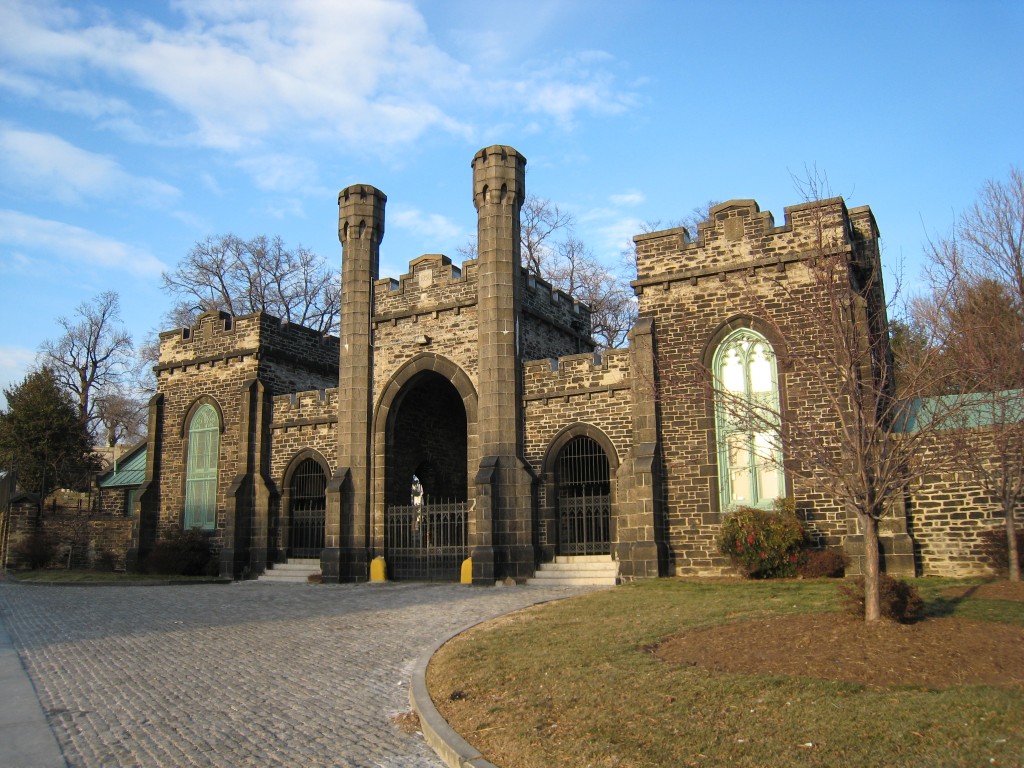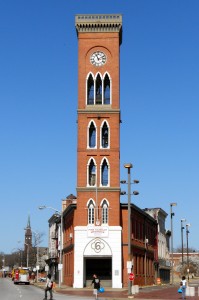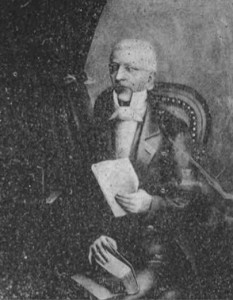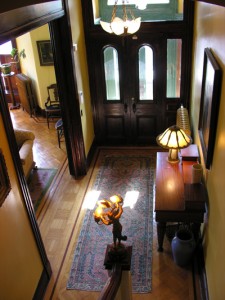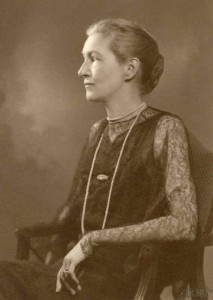Who’s Who in Baltimore: Greenmount Cemetery and Famous Marylanders Lunch, Talk and Tour
Saturday, October 27, 2012, 12:00 pm to 2:30 pm
RSVP today! $40 per person (includes lunch)
Tour begins with lunch and a talk at the Baltimore Montessori Public Charter School, 1600 Guilford Avenue
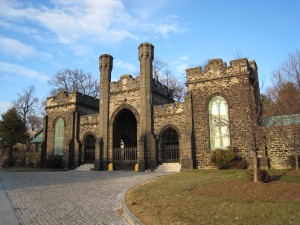
From elites like William and Henry Walters, Johns Hopkins, and Enoch Pratt, to extraordinary slaves like Patty Atavis, and even the infamous assassin John Wilkes Booth, the dead at Greenmount Cemetery tell a rich and fascinating story of the growth of Baltimore. For this tour, we’re pleased to be partnering with the Maryland Historical Society and Greenmount Cemetery tour guide Wayne Schaumburg.
The program will begin with lunch and a discussion of some of the Marylanders buried at Greenmount led by curators at the Maryland Historical Society using items in the Society’s collections. After lunch, we’ll drive over to the cemetery to join Baltimore historian and Greenmount guide Wayne Schaumburg for a tour of the cemetery, its ornate grave stones, and its notable inhabitants. Space is limited!
Behind the Scenes at New Cathedral Cemetery
Saturday, November 10, 2012, 10:00 am to 12:00 pm
RSVP today! $10 per person
Meet at the Cemetery’s main entrance – 4300 Old Frederick Road, 21229
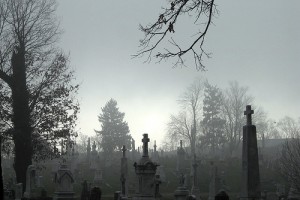
Covering 125 acres in West Baltimore and with its origins dating to St. Peter’s Kirkyard at Saratoga and Cathedral Streets in the 1770s, New Cathedral Cemetery is a historic gem that is surprisingly hidden. Among other things, it is the resting place of more Hall of Fame baseball players than any other cemetery in the country, including Orioles greats from the 1890s Ned Hanlon, Joe Kelley, and John McGraw. It is also the resting place of Baltimore mayors Solomon Hillen, Thomas D’Alesandro, Jr., and Clarence (du) Burns, entrepreneur and philanthropist Reginald F. Lewis, and Mother Mary Lange, founder of the Oblate Sisters of Providence, the first ever congregation of women religious of African descent. Charles Carroll of Carrollton was originally buried here until he was reinterred at Doughoregan, the family estate in Howard County, but the cemetery still claims at least two other Carroll family members: Charles Carroll of Homewood and Governor John Lee Carroll.
With three centuries of wonderful headstones and statuary, the cemetery is also rich with sculpture and art, and of course stories about Baltimore. Please join us and cemetery historian Susan Schmidt on this trip through Baltimore history as told through New Cathedral Cemetery.

